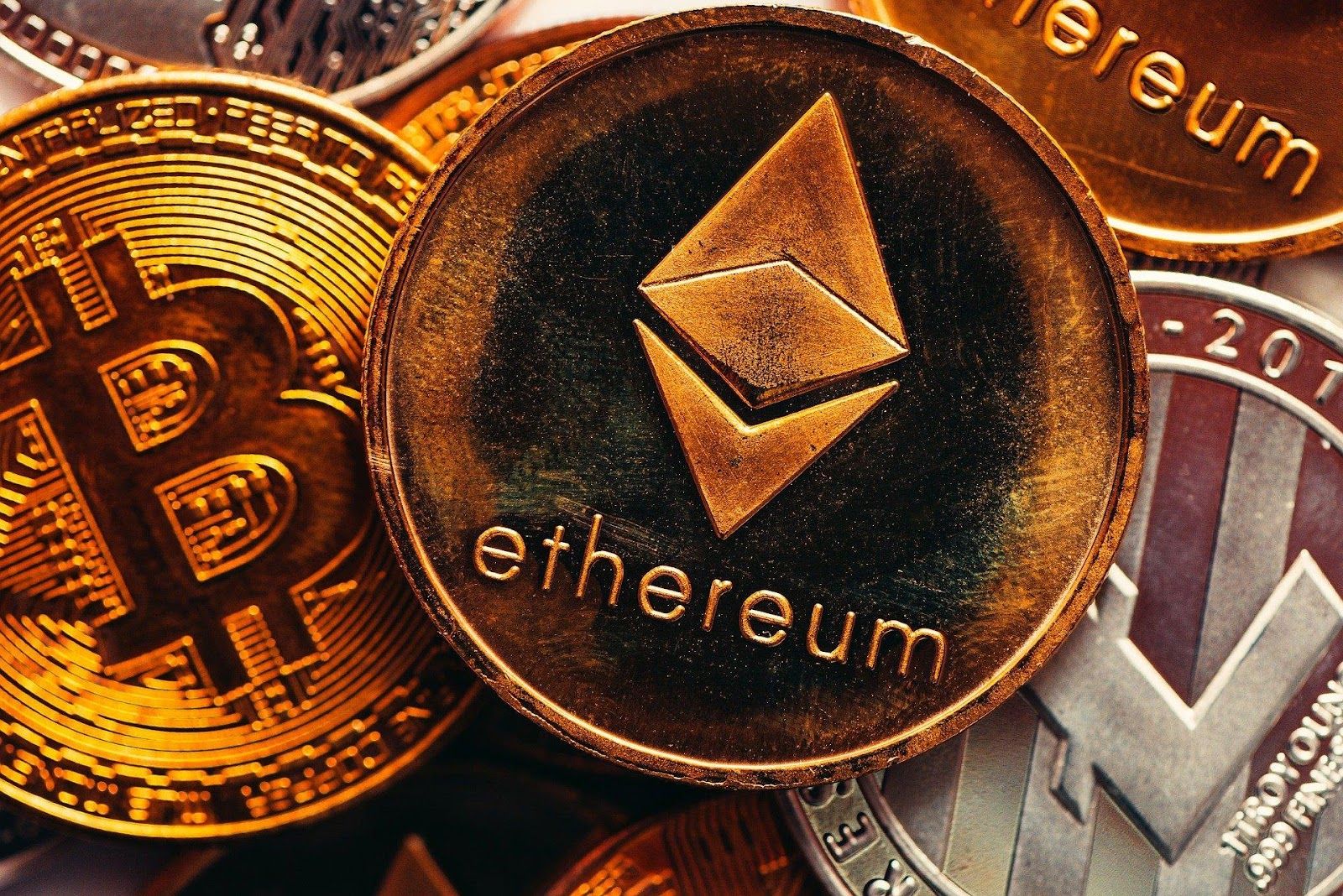Vitalik Buterin, the Ethereum cryptocurrency co-founder, wants to improve the current fee structure for the blockchain network.
In a proposal posted on Wednesday and dubbed “Multidimensional EIP-1559”, Buterin stated that the Ethereum Virtual Machine (EVM) has different resources with different demands in regards to gas usage.
He further said that within the EVM exists different limits for short-term “burst” compared to “sustained” capacity, giving examples such as block state size changes, witness data storage, and block data storage.
“The scheme we have today, where all resources are combined into a single multidimensional resource [gas] does a poor job at handling these differences.”
He continued, adding that the biggest headache is channeling all the different resources into a single resource, which might lead to “very sub-optimal gas costs”, especially when their limits are completely misaligned.
“Multidimensional” pricing to help find solutions
The proposed changes were fairly outlined by the Ethereum cofounder by using a lot of technical mathematics, but that notwithstanding, the proposal offers two potential solutions using multidimensional pricing.
The first option calculates the gas costs for resources such as storage and call data. To get results, divide the base fee for each unit of the resource by the total base fee. The base fee equals a fixed public network fee in Ethereum blockchain EIP-1559 algorithm.
EIP stands for Ethereum Improvement Proposal.
The second option is more complex. It calls for setting a base fee when using resources, but also includes “burst” limits on every resource—never mind it includes “priority fees” percentage. Multiply the percentage by the base fee to get your calculations.
Multidimensional fee structure drawbacks
According to Buterin, the multi-dimensional fee structure has some disadvantages such as “block builders would not be able to simply accept transactions in high-to-low order of fee-per-gas”. But he further says that when you balance the dimensions and solve additional mathematical problems, you’ll mitigate the problem.
Nobody knows whether the proposal will get the green light, especially knowing that the current priority of the Ethereum network is the next big upgrade or “the merge”.
The upgrade seeks to merge Beacon Chain with Ethereum blockchain, obliterating its use of the proof-of-work consensus algorithm. Ethereum is already testing the merge on the Kintsugi testnet and launching is expected in Q1 of 2022.
The full deployment of EIP-1559 occurred last year as part of the London upgrade to burn a portion of transaction fees to predict gas prices.












